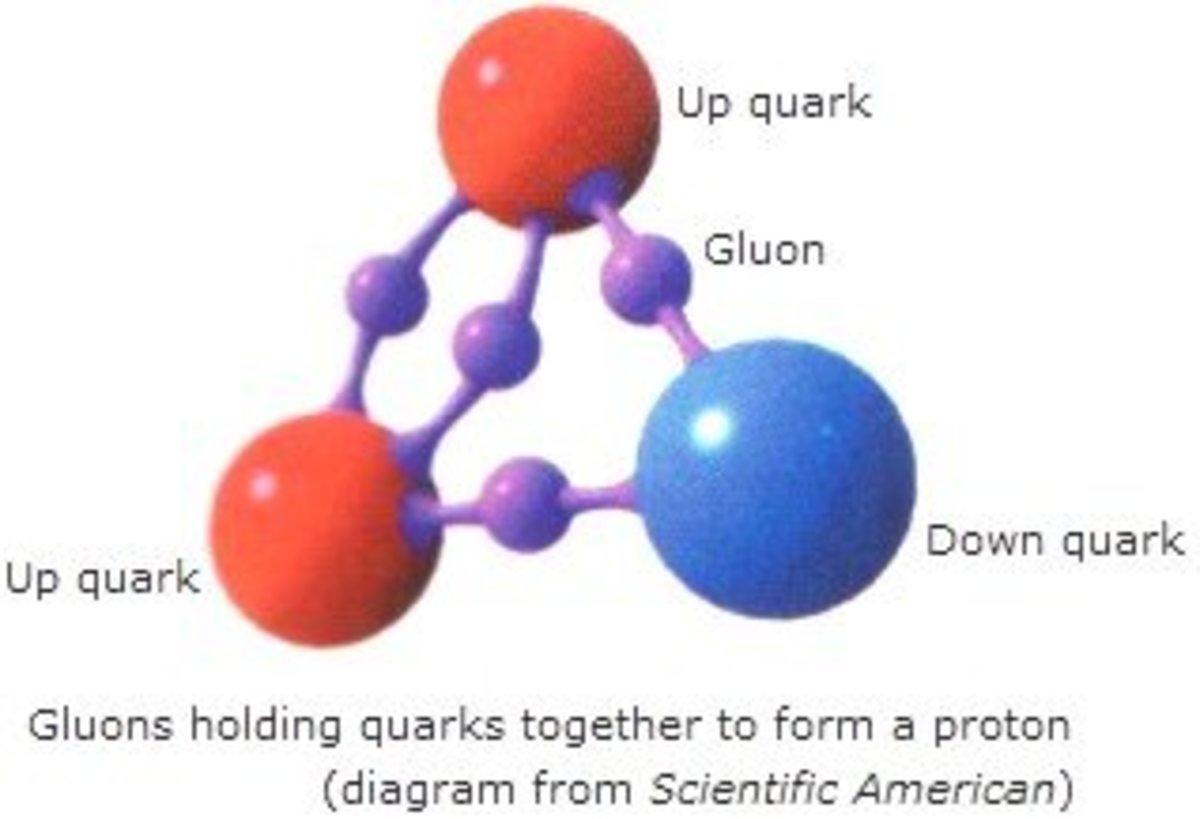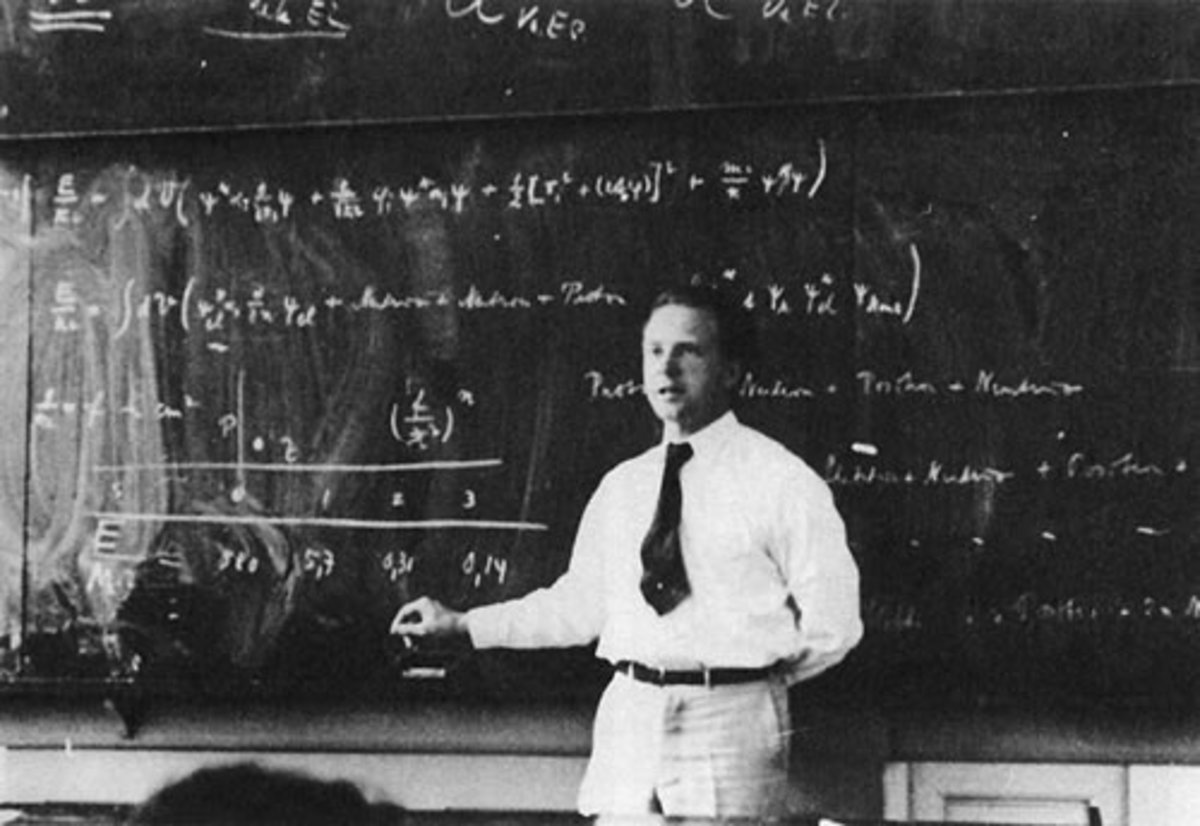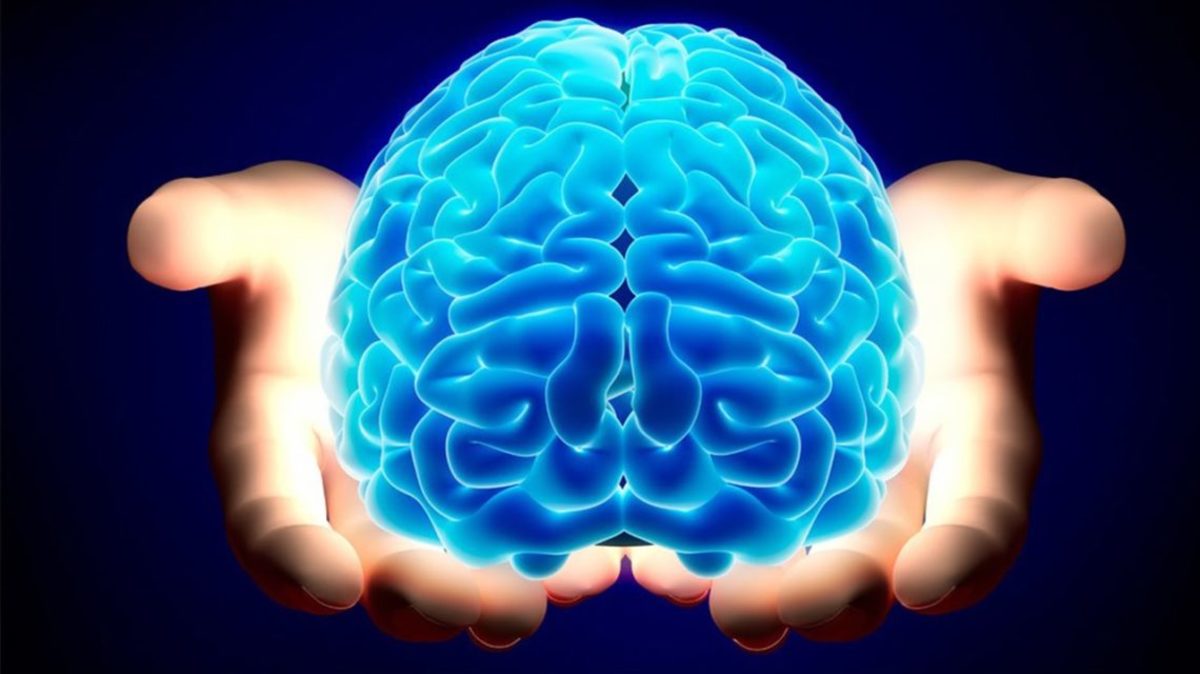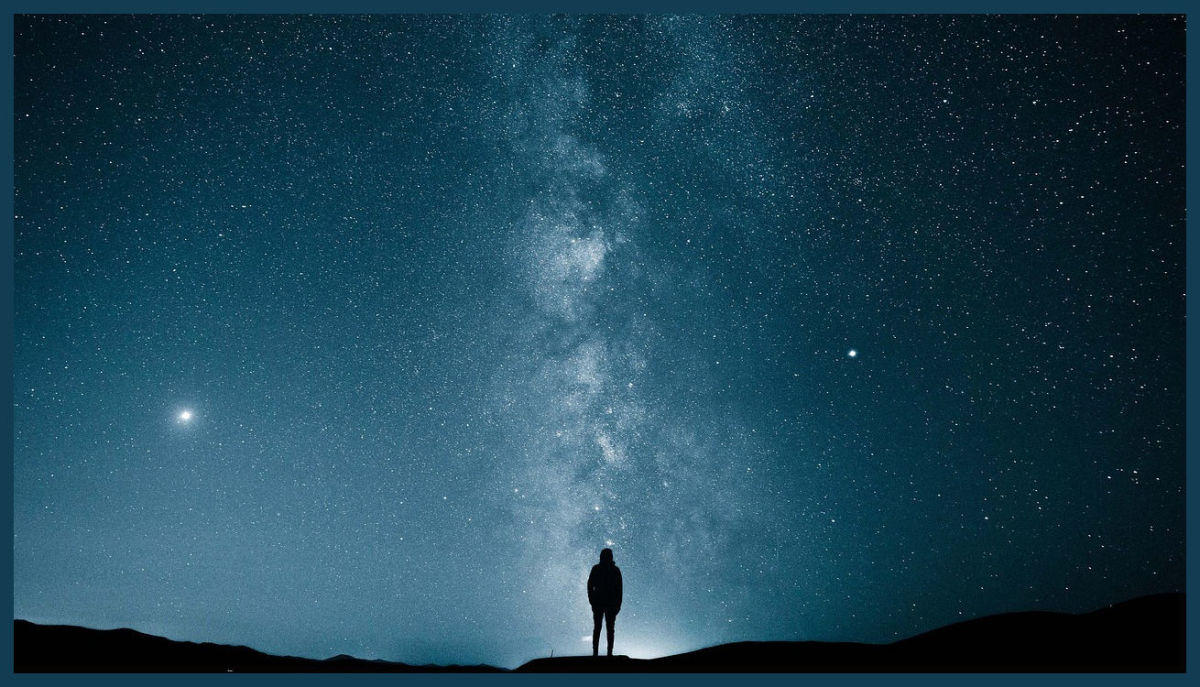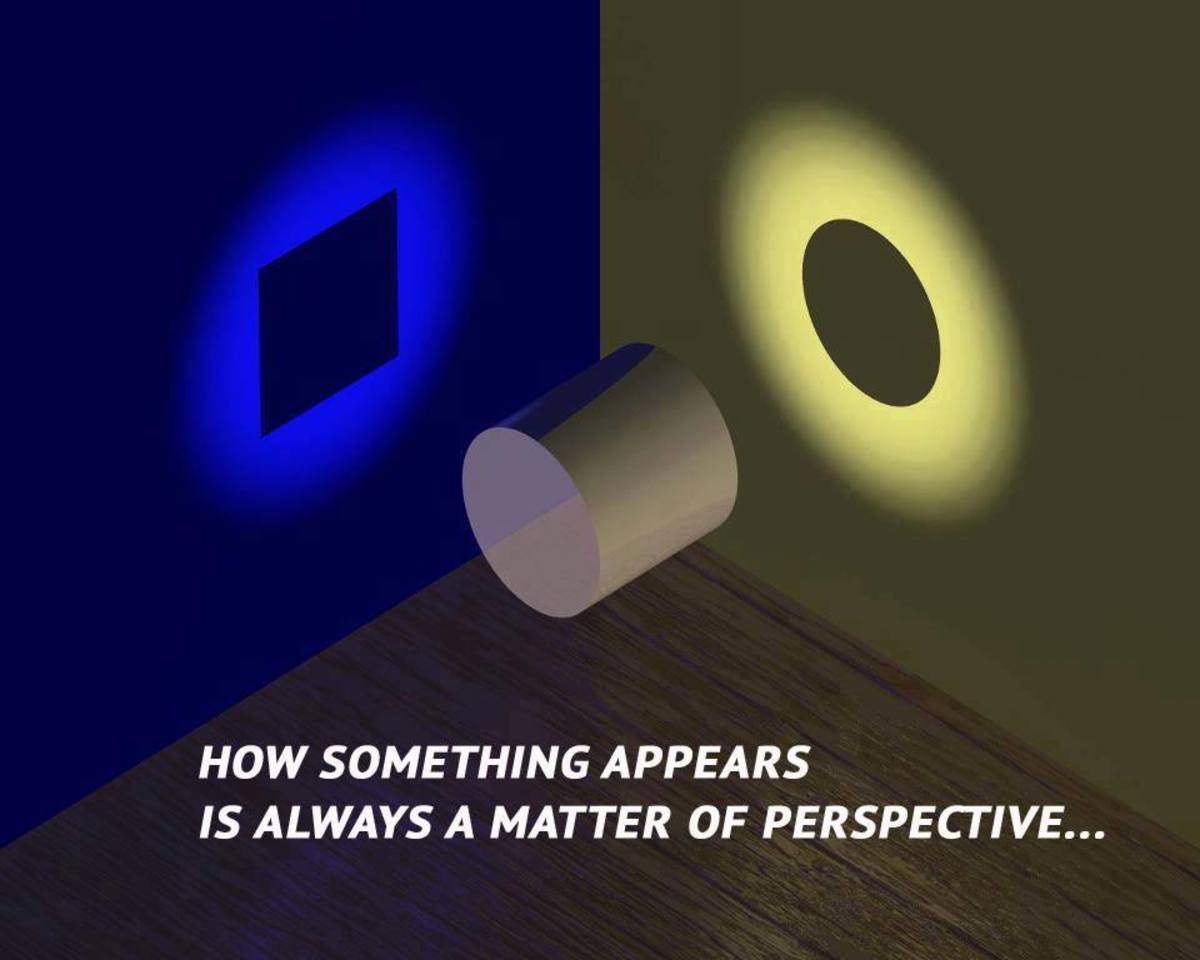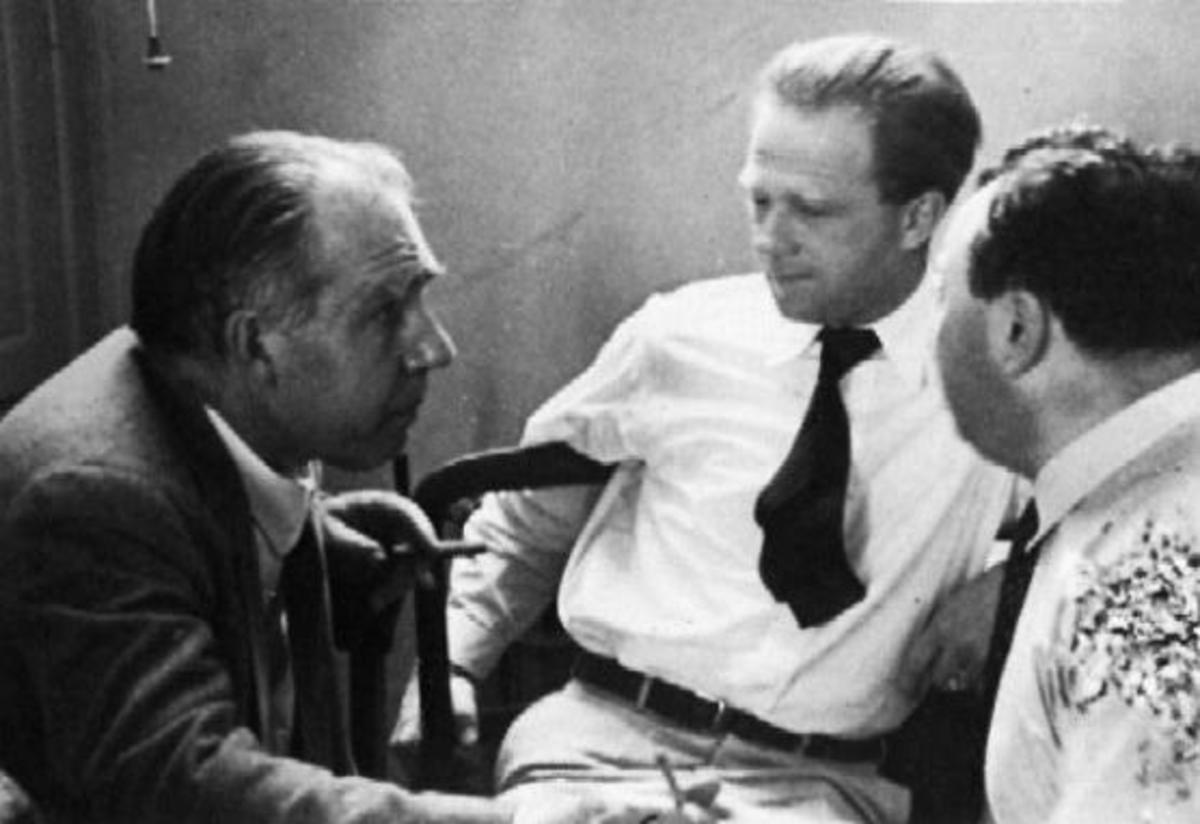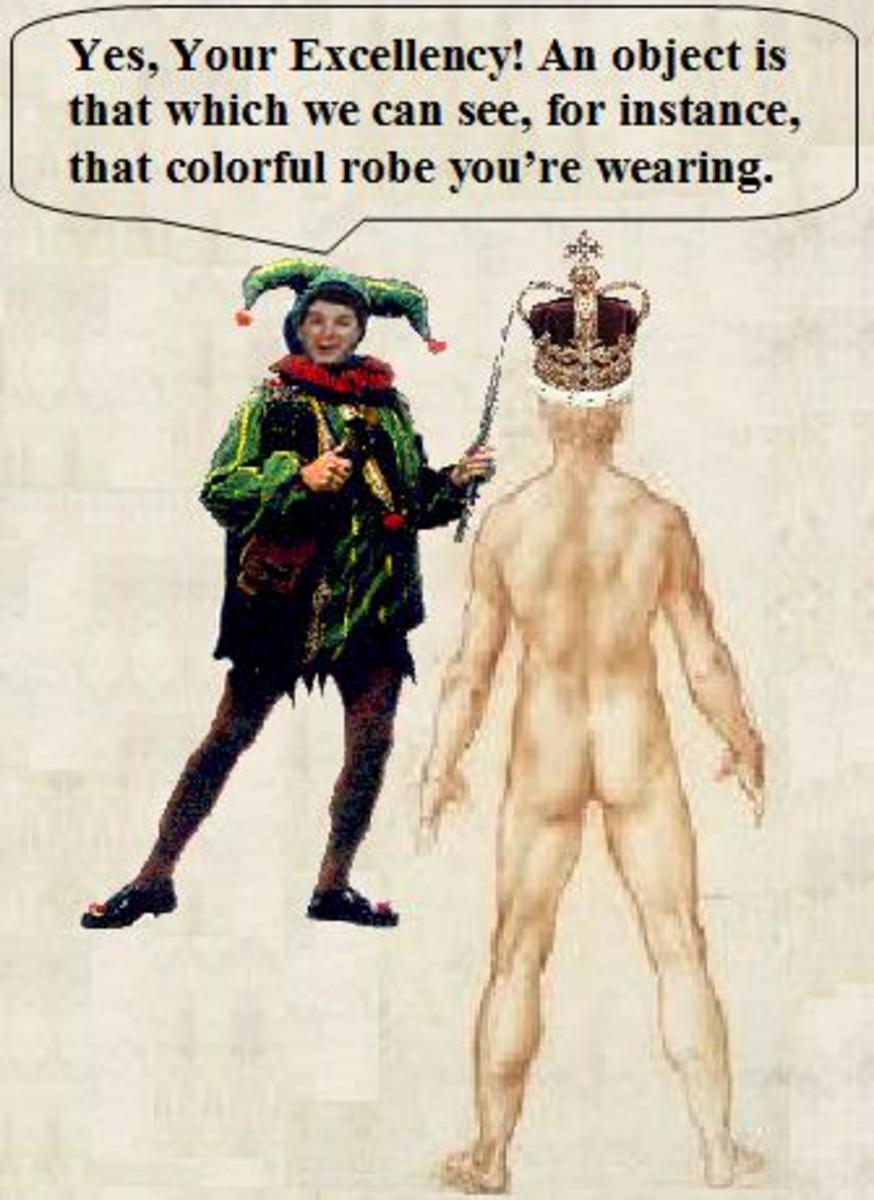Quantum Physics - Quantum Entanglement (nonlocality)
Quantum Entanglement
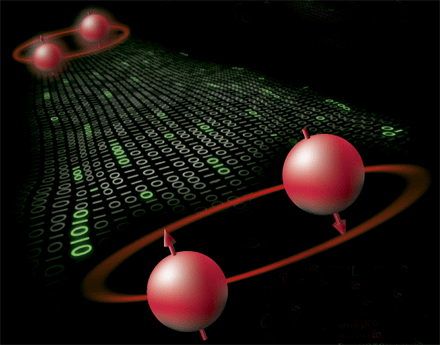
Further Reading
- Quantum Physics
Welcome to my new series on the weird and wonderful world of quantum physics please support this series and leave a comment if you enjoy it. Hit the desk in font of you...go on! It seems solid, well it is solid. But probe more deeply and you start... - How to See Quantum Entanglement | Wired Science | Wired.com
Human eyes can detect the spooky phenomenon of quantum entanglement -- but only sometimes, a new study on the physics preprint website arXiv.org claims. - What is quantum non-locality?
A Very interesting lecture on Quantum Non-locality
Quantum nonlocality
If this is your first hub or encounter with quantum physics then check out the start point of my Quantum Physics hubs which is in the links on the right.
In a nutshell Quantum entanglement occurs when particles interact physically and then are separated. The particles can be electrons, photons, and larger molecules e.g. Bukyballs. The type of interaction means that their quantum mechanical states becomes interdependent, which is indefinite in terms of factors such as polarization, momentum, spin, color etc. This state is indefinite until measured, see this hub about Schrödinger’s cat for information on the famous thought experiment where the cat is both dead and alive until measured. The states are in superposition and it is only determined by measuring it and causing a collapse of the wavefunction.
Quantum Physics – Schrodingers Cat
In a similar fashion to the the cat, quantum entanglement is in a form of quantum entanglement. So this means that when a measurement is made upon one of these members it will take on a definite value (i.e. counterclockwise spin), the other member of the pair will adopt the appropriately correlated result i.e. clockwise spin, at any subsequent time from the initial measurement. This correlation is observed no matter what the separation. Entanglement is concurrent with theory and has been demonstrated experimentally. It has been accepted by the physics community as a whole,but there is some debate about the mechanism which underlies it. That is outside of the scope of this article and I may discuss it at a later date. Research into it stemmed from the EPR Paradox paper and papers by Schrodinger. The aim of these initially were to discredit quantum mechanics, however it was eventually verified experimentally.
Basic information on Quantum Entanglement
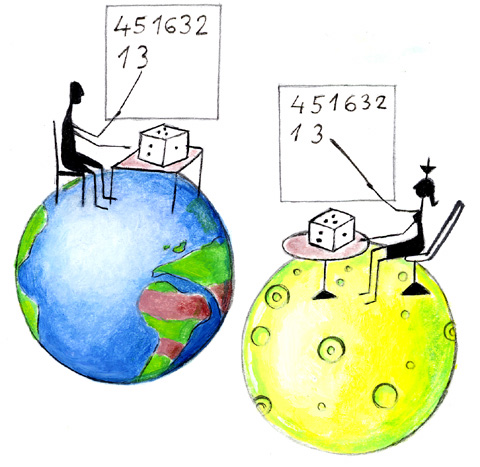
The Classic Alice and Bob Experiment
This is about out two hypothetical experimenters let's use a couple of famous hubbers Patty (Patty Inglish, MS) and Chuck , each of these has 1 of our entangled particles which has a 2 state spin property (top or bottom), Patty decides that today she has written enough hubs and wants to measure the quantum state of her particle, now the state she will measure is completely unpredictable and it has a 50/50 chance that it will have an up-spin value as opposed to a down spin value. The thing is though that if bob subsequently measures the spin of his particle, the measurement will be entirely predictable and always opposite to Patty's.
This can be modelled classically so is no major revelation. However when you use a property with many possible states the accuracy of the predictions far exceeds those which classical physics would predict. It means that simultaneous measurements of entangled pairs of quantities create results are above that which would be expected in a random system, the measurement of one particle no matter the distance causes the opposite value to be observed in the other member of the pair. Experimental results have demonstrated that effects due to entanglement travel faster than the speed of light.
Quantum Non-Locality information
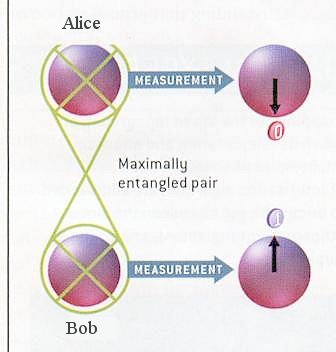
Non-locality or Entanglement
There is so much confusion around entanglement and non-locality, especially with the amount of popular science on the subject.
Non locality is a proposed mechanism which enable the effects of entanglement. If objects are indeterminate until measured then the key question is How can something which was become indeterminate become determinate when its entangled object was measured even though there is no physical interaction with the second object.
Which leads us on to the is of locality (which basically is the question of whether the cause of that change has to be in physical contact with the object, at least via some intermediary such as a field force). Now quantum non-locality is often shown in popular science as being equivalent to entanglement. Whilst it is true that a bipartite quantum state must be entangled in order for it to show non-local correlations, there are entangled states which do not show these correlations, such as the Werner state, which is described as by using hidden variables. Basically, entanglement is necessary but not sufficient for that state to be non-local .
Entanglement is more commonly seen as an algebraic concept, noted as being a precedent of non-locality, whilst non-locality is defined according to the experimental statistics and is interesting in the interpretations of quantum mechanics.
Quantum Theory has many applications including quantum computing, cryptography, teleportation and superdense coding some of which I will discuss in future hubs. I know this is a complex fundamental of quantum mechanics to grasp so please feel free to ask any questions and I will try to answer them as well as possibly.

